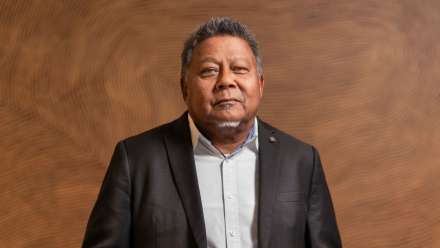New demographic model helps identify superdiversity
The importance of understanding the diversity of local communities has been heightened by the pandemic
Australia is a step closer to identifying super-diverse local communities, with ANU scholars having developed a cross-cutting demographic model that mines Australian Census data and provides a foundation for future studies on social cohesion and program rollout within increasingly complex, immigrant-rich communities.
Dr James O'Donnell of the Australian National University's School of Demography is behind the model, which can help policymakers, community service providers and scholars better gauge the cumulative impact of migration on community diversity and its implications for service delivery.
'Superdiversity' describes a phenomenon where new waves of immigrants from a raft of countries expand the ethnic and cultural diversity of communities, while bringing with them differentiated forms of religious identification, languages, education and work skills, visa statuses, and age and family compositions.
Measuring superdiversity and explaining how it plays out in local communities is a major theme of Dr O'Donnell's work and, along with co-author Ann Evans, is the subject of their recent paper published in Population, Space and Place, the leading research journal in geographical population studies.
The paper demonstrates that the nature of superdiversity in Australia means that no single migrant or ethnic group dominates any of the migrant-rich communities across the country. Rather, very high levels of diversity are continually re-produced through ongoing immigration and domestic migration, in conjunction with housing and labour market opportunities and individual life trajectories.
While immigration has been dramatically impacted by the COVID-19 pandemic, the importance of understanding the diversity of local communities has been heightened by the pandemic. In hard-hit suburbs such as Fairfield in Sydney, more than 100 different language groups are represented, pointing to the considerable policy challenge in public health messaging including in relation to the vaccine roll-out.
Dr O'Donnell's work may also have policy implications for regional migrant intake, immigration policy, multicultural services and the resilience and response of local communities at times of disaster and major events. It will provide greater insights into the communities that government and non-government agencies serve, and challenges existing assumptions about communities' composition and evolution.
To learn more about Dr O'Donnell's research or to get in touch, email researchnews@anu.edu.au.


